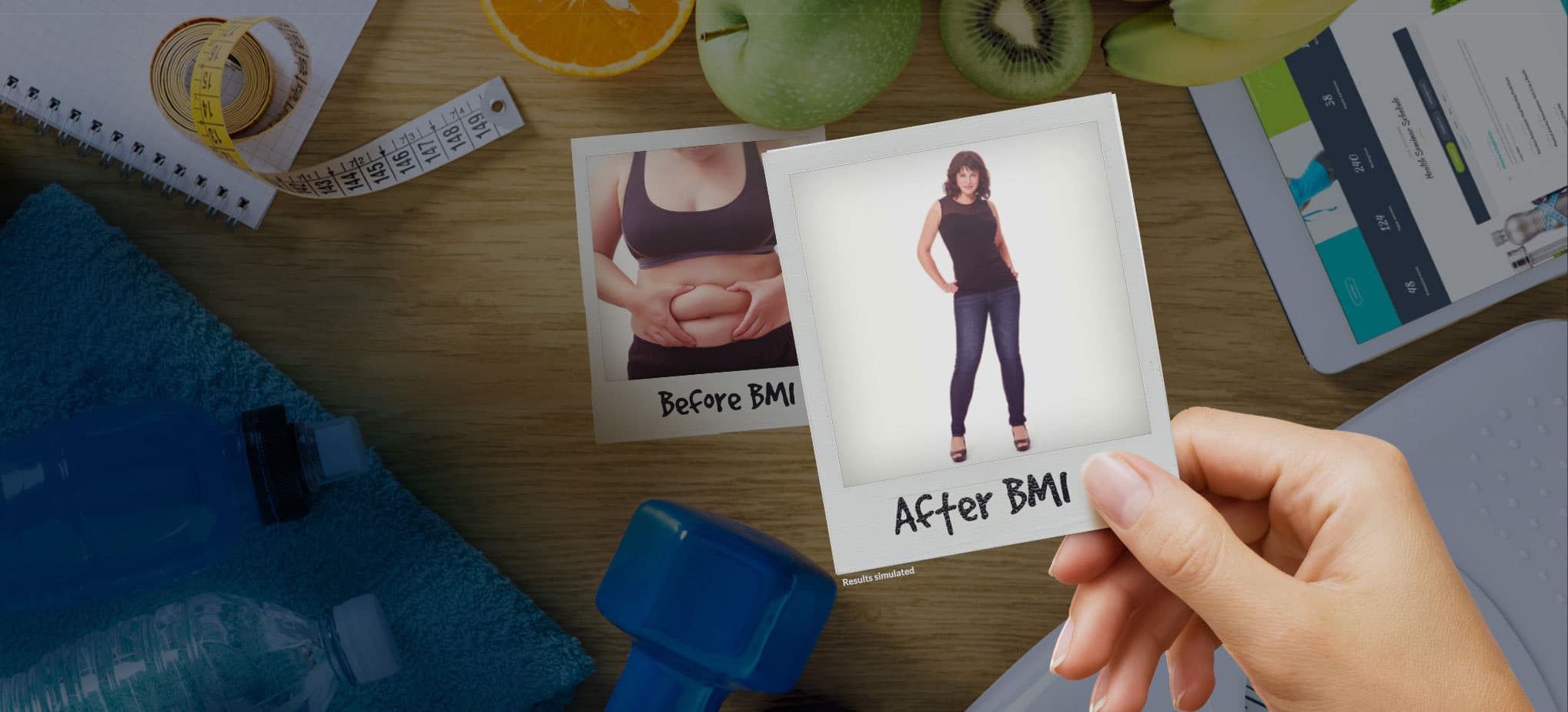
The nutrition label that comes attached to most packaged foods is an important source of information for healthy weight loss. However, nutrition labels can be confusing to read, especially for health-conscious dieters concerned with minimizing their carb intake. Here is a nutrition label guide to help you make the healthiest food choices on your weight loss journey.
Before we delve into the intricacies of the nutrition label, you should know that some of the healthiest foods do not come with labels. Most whole foods, such as fresh fruits, vegetables, meats and more have all of their nutrients attached, so there’s no need for a label. These are usually great choices!
Of course, there are whole foods that come with nutrition labels, usually in the form of frozen vegetables and nuts that are fabulous for health. However, others, such as potatoes and mangoes, can send your blood glucose through the roof. Keep a nutrition guide with you while grocery shopping to make optimal food choices.

Your nutrition label guide to weight loss
There are definitely packaged healthy food choices out there, and being able to comprehend the nutrition label is key to figuring out which foods are right for you. We’ll start at the top of the nutrition label and work our way down, covering the parts that are most important for your successful weight loss efforts.

Serving size
Most people’s perception of a single serving size is vastly different from what is on a nutrition label, so pay special attention to this information. If the package claims a portion size is 1/4 of a cup, do yourself a favor and measure at least the first few times until you can eye it accurately. Otherwise, you will end up eating multiple servings without even being aware of it. A handy trick for snack foods is to divide a large package into smaller, single-serving bags that are great for on-the-go hunger tamers. Occasionally, the serving size is listed by weight. If you do not own a scale, keep in mind the number of servings per container to come up with an accurate serving size.
Carbohydrates
The carbohydrate section of the nutrition label has different parts, but don’t worry; once you understand the information, working with it is a snap. The first number to pay attention to is listed as “Total Carbs.” In general, you want to keep this number low. Fiber is listed beneath that, which is a type of carb that doesn’t raise blood glucose. You need to understand the total net carbs per serving, and the easiest way to figure this out is to subtract the amount of fiber from the total carbohydrates. This will give you the magic number you need to determine if a food is right for your weight loss plan. For weight loss, we typically recommend keeping the “net carb” number below 30 grams per day (or 5-7 grams per meal or snack)
Protein
Your weight loss and healthy eating plan requires adequate protein, and we typically suggest at least 20-30 grams per meal. Protein increases satiety, making you feel full longer, plus it is converted to energy in the absence of carbohydrates.
Paying attention to serving size, net carbs, fiber and protein are the keys to weight loss success, and learning how to read a nutrition label will help you make positive food choices. To learn more about nutrition label guides, weight loss and healthy eating, contact us today at BMI of Texas.
You might also be interested: The Best Diets for Weight Loss and Overall Health

